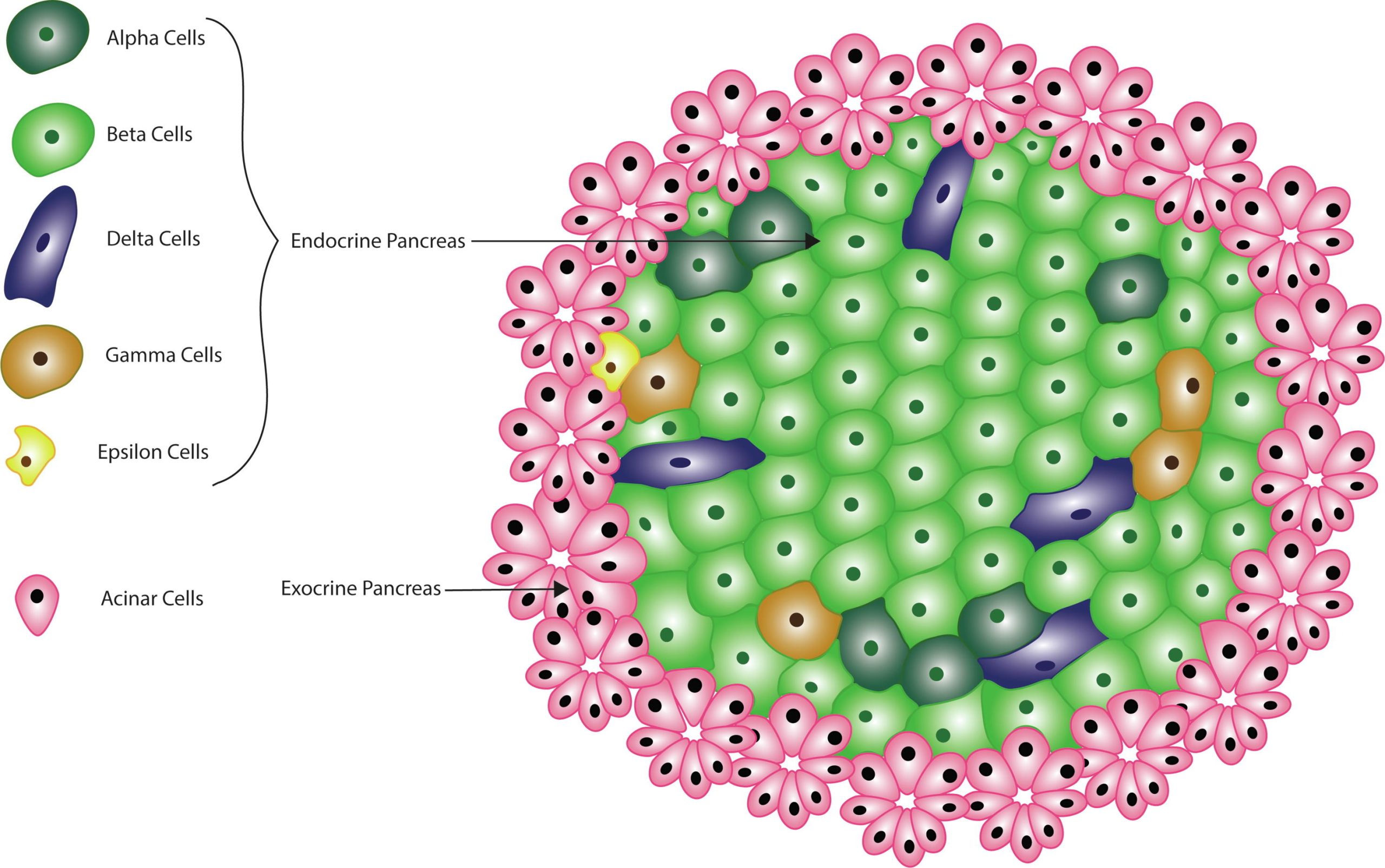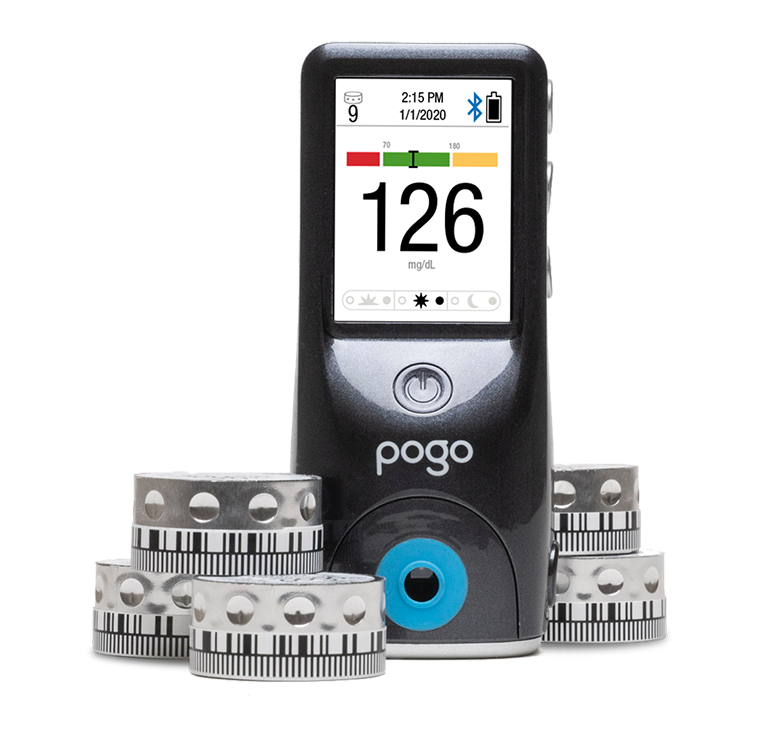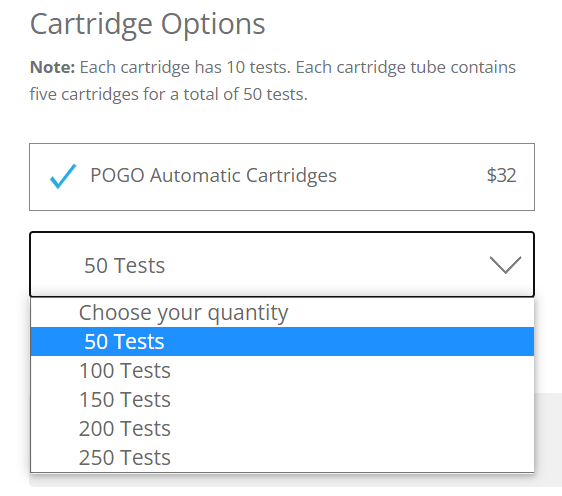Experimental drug may help restore insulin-producing cells was written by Clarissa Brincat for MedicalNewsToday.com, 22 July 2022.
 In a recent study, the human epigenetics team at Monash University in Melbourne, Australia, found that the investigational drug GSK-126 can potentially restore insulin-producing beta-cells in Type 1 diabetes patients by inhibiting pancreatic EZH2. The study appears in the Nature journal, Signal Transduction and Targeted Therapy.
In a recent study, the human epigenetics team at Monash University in Melbourne, Australia, found that the investigational drug GSK-126 can potentially restore insulin-producing beta-cells in Type 1 diabetes patients by inhibiting pancreatic EZH2. The study appears in the Nature journal, Signal Transduction and Targeted Therapy.
The EZH2 enzyme inhibits genes responsible for the development of insulin-producing beta-cells. The researchers hypothesized that blocking EZH2 activity may restore insulin production. The researchers found that stimulating the pancreatic cells with GSK-126 could restore the hallmark genes responsible for developing pancreatic progenitor cells (stem cell-like cells) into insulin-producing beta-cells. They also observed that GSK-126 also restored expression of the insulin gene in the cells taken from the Type 1 diabetes donor, despite absolute beta-cell destruction. The study is the first reported example of restored insulin gene transcription and provides strong evidence for beta-cell regeneration.
Professor Sam El-Osta, Ph.D., Head of the Epigenetics in Human Health and Disease Laboratory at Monash University and lead study author, described this method of restoring insulin production as “rapid and cost-effective. Our preliminary studies show vital insulin expression as early as 2 days of drug treatment when compared to 3 to 4 months with alternative approaches using human embryonic stem cells.”
By avoiding the use of embryonic stem cells, the study authors also avoided the ethical concerns that are commonly associated with such techniques. Another advantage of this potential diabetes treatment is that it is “less vulnerable to the risks associated with organ or islet transplantation,” he added.
Read more: Experimental drug may help restore insulin-producing cells
Scientists aim to grow billions of stem cells aboard the International Space Station was posted by Chris Young for InterestingEngineering.com, 18 July 2022.
 Scientists from Cedars-Sinai Medical Center in Los Angeles are investigating how to grow large batches of a specific type of stem cell. Their mission has taken them orbital — to the International Space Station — and it could help unlock a whole host of stem cell therapies to combat deadly diseases. One of the researchers, Dhruv Sareen, even donated his own stem cells for the experiment. If all goes to plan, the scientists hope to eventually grow billions of stem cells in space.
Scientists from Cedars-Sinai Medical Center in Los Angeles are investigating how to grow large batches of a specific type of stem cell. Their mission has taken them orbital — to the International Space Station — and it could help unlock a whole host of stem cell therapies to combat deadly diseases. One of the researchers, Dhruv Sareen, even donated his own stem cells for the experiment. If all goes to plan, the scientists hope to eventually grow billions of stem cells in space.
Stem cells can be used to generate nearly any type of cell in the body. Due to their impressive adaptability, they have great potential as a key tool in developing a wide array of treatments for diseases, including Parkinson’s and heart disease. Sareen’s cells arrived aboard a SpaceX resupply mission — the SpX-25 Dragon cargo mission — to the ISS over the weekend. “I don’t think I would be able to pay whatever it costs now” to travel to space as a tourist, Sareen said. “At least a part of me in cells can go up!”
In the future, stem cell therapy patients could require billions of cells depending on their treatment. Earth’s gravity makes it difficult to grow the vast quantities of stem cells needed for therapies, so that’s where the ISS comes in. “With current technology right now, even if the FDA instantly approved any of these therapies, we don’t have the capacity to manufacture,” Jeffrey Millman, a biomedical engineering expert at Washington University in St. Louis, explained.
This is because, on Earth, large bioreactors are required to grow stem cells. The cells need to be stirred vigorously, so they don’t clump together or fall to the bottom of the tank. However, the stirring itself can damage the cells. In microgravity, there’s no force on the cells so they can grow via a different method.
The Cedars-Sinai team sent up a shoebox-sized container holding pluripotent stem cells for their NASA-funded experiment. It contains pumps and chemical solutions required to keep the stem cells alive for four weeks. The same experiment will be carried out on Earth for comparison. In roughly five weeks, the box in space will be returned to Earth in the same SpaceX capsule it was carried up on. The rideshare mission will allow the scientists to directly evaluate the results in space and on Earth within a short timeframe. This will provide valuable new data that could help unlock a promising new field of medical research.
Gene variant links trigger finger and carpal tunnel syndrome was published by the University of Oxford on MedicalExpress.com, 22 July 2022.
 A new NDORMS study, published in The Lancet Rheumatology, has found a genetic variant that increases the risk of both carpal tunnel syndrome and trigger finger, and opens the door for new therapies that involve blocking the IGF-1 pathway. Carpal tunnel syndrome (CTS) and trigger finger (TF) are the two most common diseases of the hand. It is well known among hand surgeons that these two conditions often occur together, but the reason for this is unknown.
A new NDORMS study, published in The Lancet Rheumatology, has found a genetic variant that increases the risk of both carpal tunnel syndrome and trigger finger, and opens the door for new therapies that involve blocking the IGF-1 pathway. Carpal tunnel syndrome (CTS) and trigger finger (TF) are the two most common diseases of the hand. It is well known among hand surgeons that these two conditions often occur together, but the reason for this is unknown.
The NDORMS researchers hypothesized that the co-occurrence of carpal tunnel syndrome and trigger finger may in part be explained by a shared genetic predisposition. They discovered five regions in the genome where sufferers of trigger finger carry, on average, different genetic variants from people who don’t have trigger finger.
One of those genetic variants is the same variant that increases the risk of carpal tunnel syndrome, which the team previously discovered in their 2019 GWAS of carpal tunnel syndrome. The genetic variant allows for increased signaling through a growth hormone known as “Insulin-like Growth Factor 1,” or IGF-1 pathway.
Why is this interesting to us? From a post by Ginger Vieira for DiabetesMine.com, 2 December 2020, Coping with Trigger Finger and Diabetes: Who’s at risk of developing a trigger finger? A condition that’s not discussed often, trigger finger is actually very common in people with type 1 and type 2 diabetes. Research published in 2008 by Current Reviews in Musculoskeletal Medicine reported the following risk factors associated with developing the condition:
- People with diabetes are up to 10 percent more likely to develop trigger finger.
- The risk is correlated with the number of years you’ve lived with diabetes, not your blood sugar levels.
- Women are 6 times more likely than men to develop trigger finger.
- Trigger finger develops most commonly in your 40s and 50s but can develop earlier.
- People with carpal tunnel syndrome, de Quervain’s tenosynovitis, hypothyroidism, rheumatoid arthritis, renal disease, and amyloidosis have a higher risk of developing trigger finger.
So yes, having diabetes substantially increases your risk of developing one or several trigger fingers.
Read more: Gene variant links trigger finger and carpal tunnel syndrome
UnitedHealthcare: $0 Copay for Insulin, Glucagon Starting Jan 1, 2023 was posted by SnackSafely.com, 18 July 2022.
BUT … will we actually see this benefit?
 You had to read–and understand–the details of United’s announcement to figure out that only a tiny fraction of the people enrolled in United’s health plans will likely benefit. The first hint that you should take the company’s announcement with more than a grain of salt was the company’s own headline: UnitedHealthcare To Eliminate Out-of-Pocket Costs on Several Prescription Drugs, Including Insulin, for Eligible Members. The term “eligible members” is key here. The new policy applies only to people enrolled in United’s” fully insured group plans.” So let’s do the math to see how many “eligible members” there really are.
You had to read–and understand–the details of United’s announcement to figure out that only a tiny fraction of the people enrolled in United’s health plans will likely benefit. The first hint that you should take the company’s announcement with more than a grain of salt was the company’s own headline: UnitedHealthcare To Eliminate Out-of-Pocket Costs on Several Prescription Drugs, Including Insulin, for Eligible Members. The term “eligible members” is key here. The new policy applies only to people enrolled in United’s” fully insured group plans.” So let’s do the math to see how many “eligible members” there really are.
United reported that 51.2 million people were enrolled in its health plans globally as of June 30. Of that total, only 8 million are in “risk-based” health plans in the United States. That means that just 8.6% of United’s health plan members could potentially benefit from the company’s change of heart.
But wait: United said the new policy applies only to people in its fully insured group plans. That would eliminate people who bought their coverage on their own, including those who have coverage through the Affordable Care Act’s (Obamacare’s) marketplace plans. And it excludes the 18.5 million people enrolled in fee-based (self-insured group) plans (although the company said it would “encourage” its self-insured customers to follow suit).
In its press release, United didn’t say how many people would be eligible, so Modern Healthcare inquired. United had to acknowledge that just 688,000 people might benefit. In other words, a maximum of 1.3% of United’s total membership. It actually could be even less than that.
The company said that starting in 2023, “there will be no copay, $0 out-of-pocket for several critical medicines on our preferred drug list for UnitedHealthcare’s fully insured members.” In that sentence, the word “preferred” is especially important.
It’s great to hear that United plans to lean in and address that. They certainly can afford to. Because of the small scope of United’s planned “lean in,” the new policy will cost the company just a few million dollars at most. It appears that company executives are more interested in providing short-term financial gains to shareholders than affordable life-saving medications to its health plan members.
POGO Automatic UPDATE! TheSavvyDiabetic likes it!
 With a discount code, I purchased my POGO Automatic BG meter plus 5 10-strip vials. Total cost: $83, without insurance. (I’m covered with Medicare which makes it darn near impossible to get test strips coverage since I use CGM.) I don’t do fingersticks often. I thought this might be an easy, convenient extra meter.
With a discount code, I purchased my POGO Automatic BG meter plus 5 10-strip vials. Total cost: $83, without insurance. (I’m covered with Medicare which makes it darn near impossible to get test strips coverage since I use CGM.) I don’t do fingersticks often. I thought this might be an easy, convenient extra meter.
To perform the test using the POGO blood monitoring system,
I just press the POGO test port, and POGO automatically lances the finger to collect a blood sample and displays a result after a four-second countdown. The meter only requires a tiny blood sample of 0.25 microlitres to assess the glucose value. I never saw the lancet or strip. They’re ready to use, inside this completely integrated monitor.
The FDA requires blood glucose meters to have an accuracy of ±15% compared to a reference method like the one a hospital uses. The FDA reviewed POGO Automatic and agreed that it meets ±15% accuracy. (9 March 2022). On my test, POGO reported BG=82. My Dexcom G6 CGM=78. My ContourNext BG=86. I am very comfortable with that variability.
-
- PROS: All in one, easy and fast. Comes with phone app to track history.
- CONS: It’s HEAVY (4.5 oz with test strip cartridge and batteries. My ContourNext weighs in at 1.6 oz but I also need a test strip vial and a lancer. It’s LARGE (4″x1.5″x1.25″)! My ContourNext: 3.75″x1″x0.75″
- MY TAKE: I like it, actually. But it is not a meter to carry around with me. It might live easily in my car. And certainly might work great if/when I need a fingerstick in the middle of the night. The lancer was painless too. No used strips floating around your home or car.
For your 25% discount on the POGO Automatic (requires purchase of test strips): POGO Discount Offer
Read more: Pogo Automatic





Hey after 48 years I will be delighted to regrow a few insulin-producing beta-cells. The problem is my autoimmune system is going to kill anything it needs. Insulin is just easy picking. My auto immune system waves its iddle finger at these things.